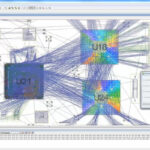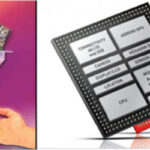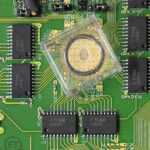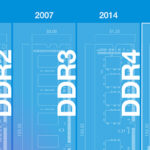 Innodisk has officially announced the release of its industrial-grade DDR5 DRAM modules. The new standard touts a host of crucial performance improvements and power savings over its predecessor, and anticipation has been high since the official announcement of its release. Boasting a bucketload of benefits, including the obligatory speed and storage increases, DDR5 will eventually take its place as the memory option of choice. One question remains: Can DDR5 prove itself reliable enough to meet the stringent demands of reliability-conscious and risk-averse industries?
Innodisk has officially announced the release of its industrial-grade DDR5 DRAM modules. The new standard touts a host of crucial performance improvements and power savings over its predecessor, and anticipation has been high since the official announcement of its release. Boasting a bucketload of benefits, including the obligatory speed and storage increases, DDR5 will eventually take its place as the memory option of choice. One question remains: Can DDR5 prove itself reliable enough to meet the stringent demands of reliability-conscious and risk-averse industries?
The JESD79-5 DDR5 SDRAM specification signaled the transition to DDR5, with significant improvements in capacity, speed, voltage, and ECC functions. The DDR5 specification details up to four times as much capacity per IC, raising the maximum achievable per die capacity to 64Gb and bringing the maximum potential capacity for a single DDR5 DIMM to 128GB.
DDR5 also has a theoretical maximum transfer speed of 6400MT/s, doubling the rate of DDR4. Meanwhile, the voltage has been dropped from 1.2V to 1.1V, reducing overall power consumption. A further major structural change is power management is moved onto the DIMM, reducing redundant power management circuitry on the motherboard for unused DIMM slots.
Another significant structural change is dual-channel DIMM architecture. For DDR5, each DIMM has two 40-bit channels (32 data bits, eight ECC bits each) for the same data total with more ECC bits. Two smaller independent channels improve memory access efficiency, leading to greater speeds with higher efficiency. Innodisk currently offers DDR5 up to 32GB and 4800MT/s.
Hyperscalers are the likely early adopters, but in the long term, most industries should feel the benefits of DDR5 in 5G, deep learning, AI, edge computing, smart medical, supercomputing, and mission-critical applications.





Leave a Reply